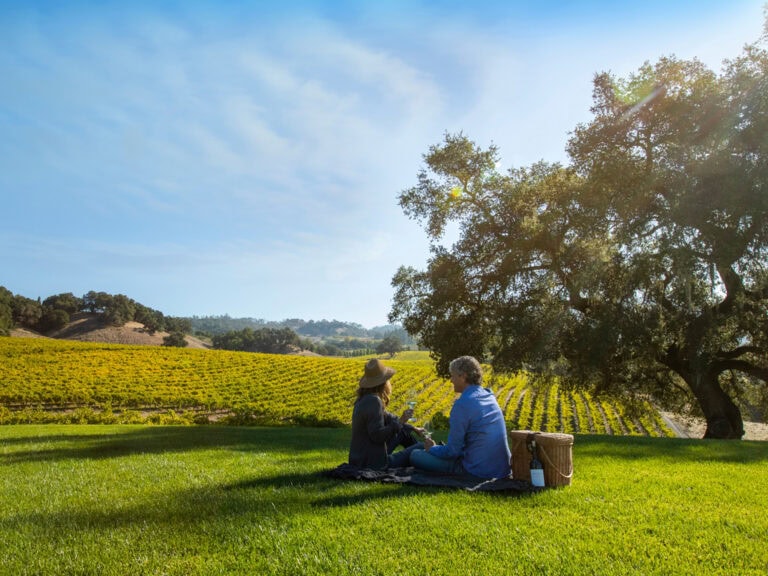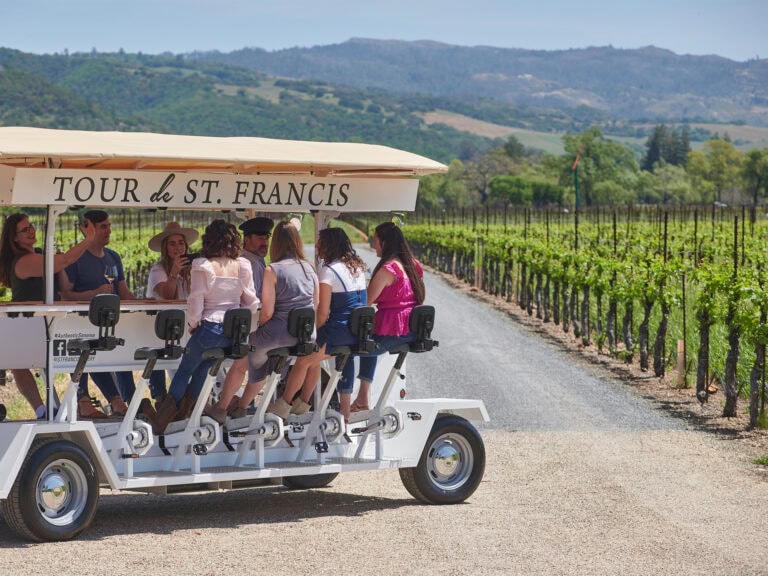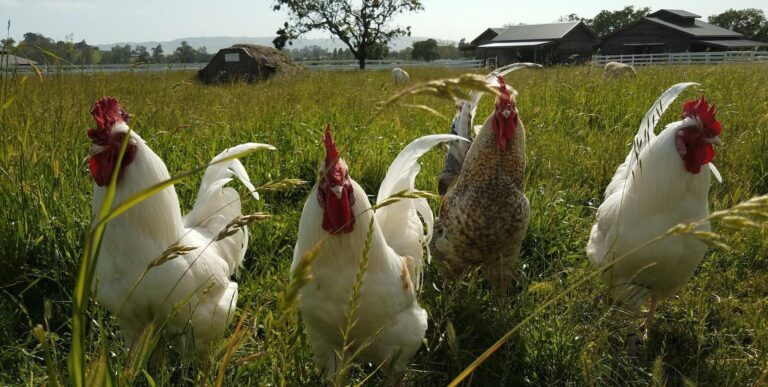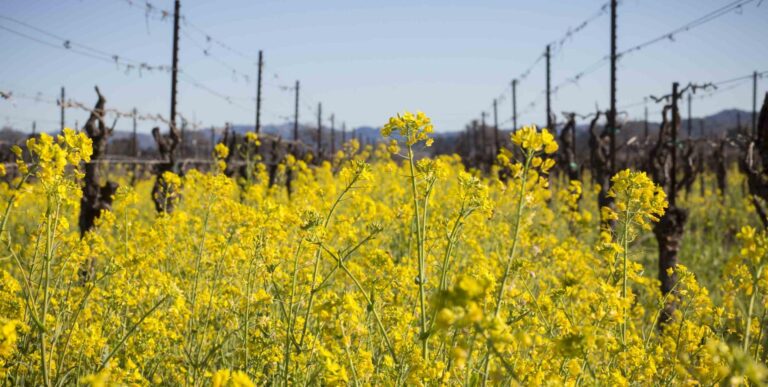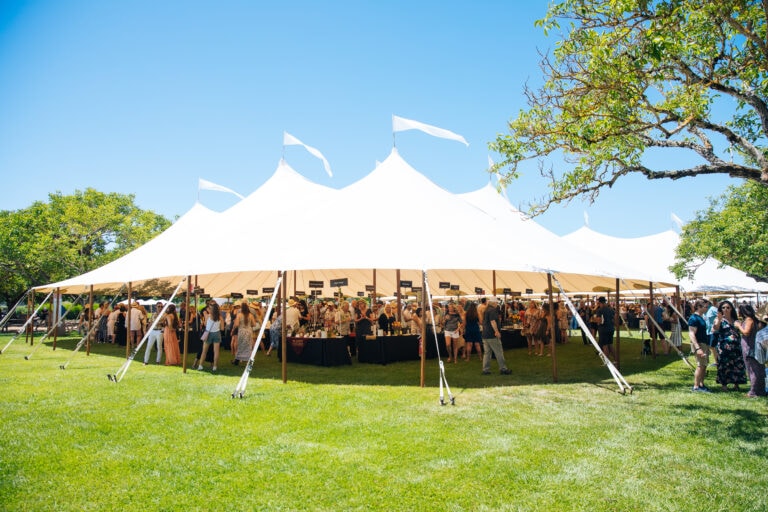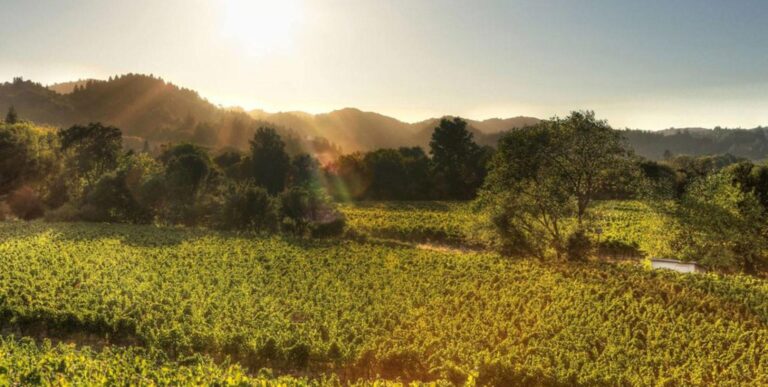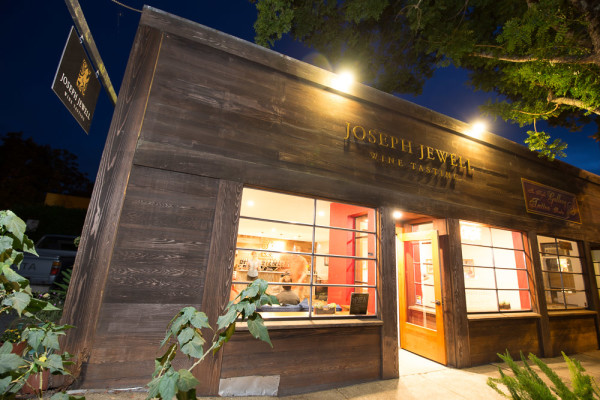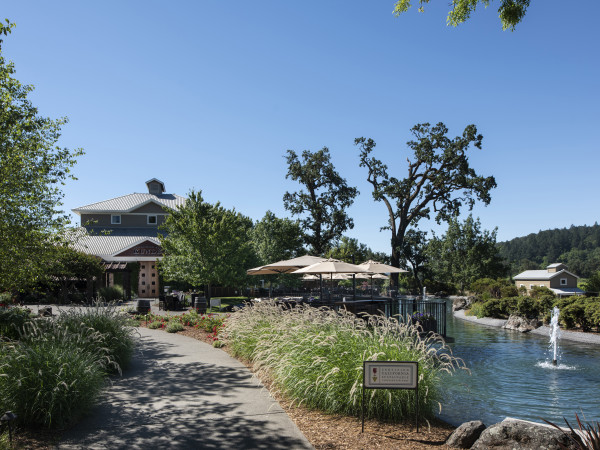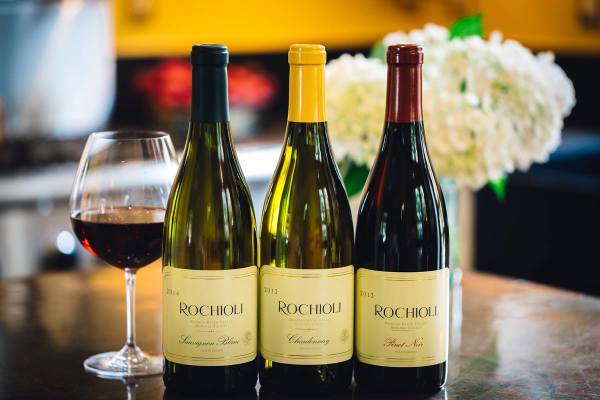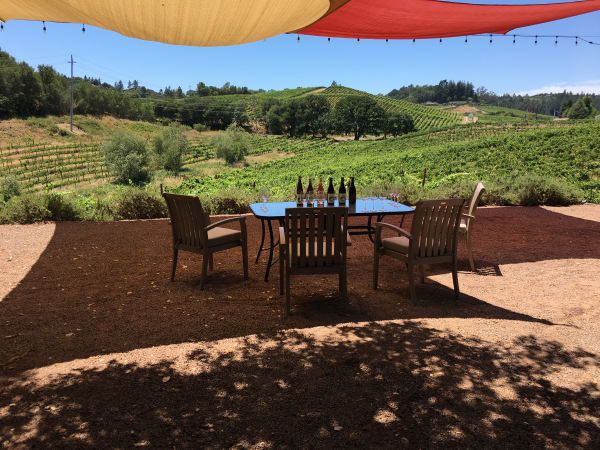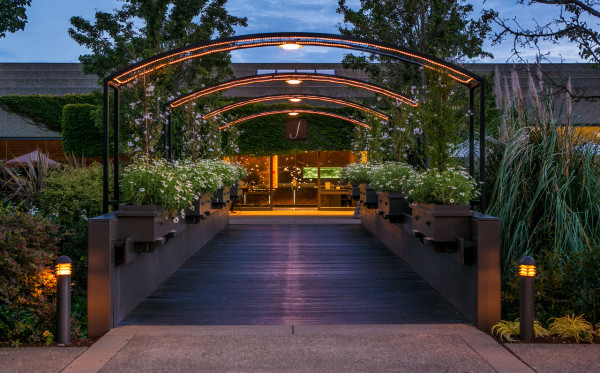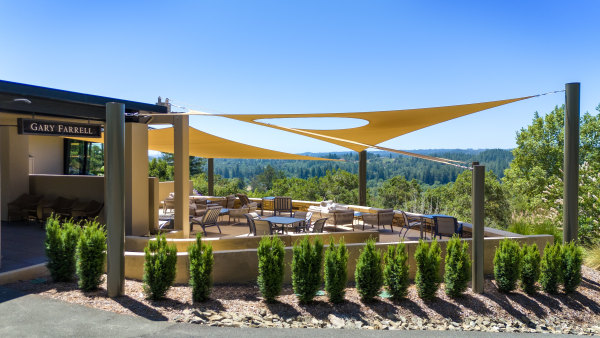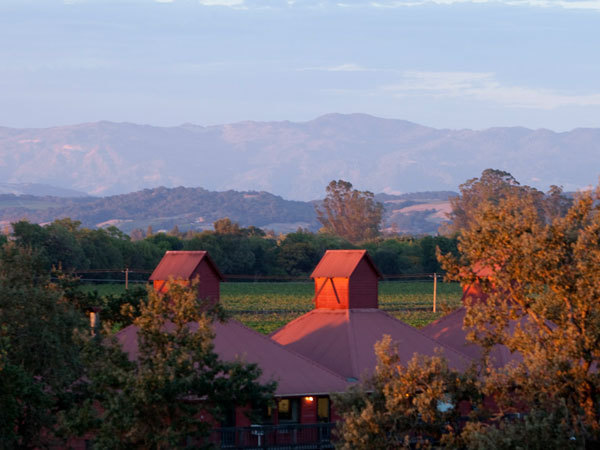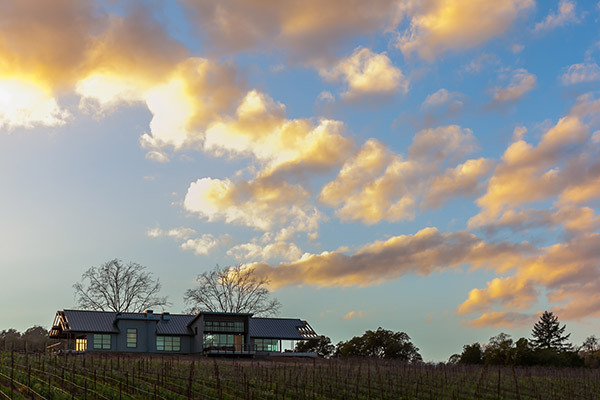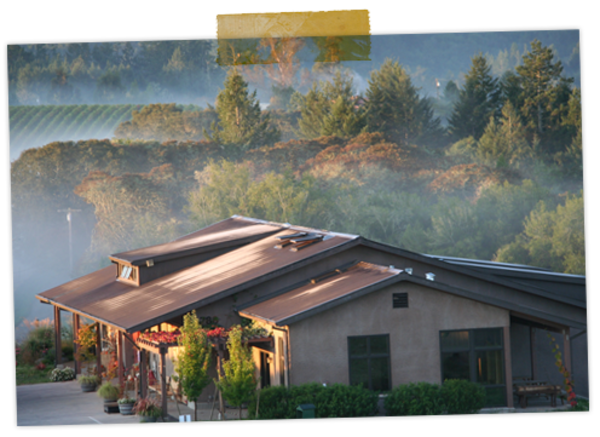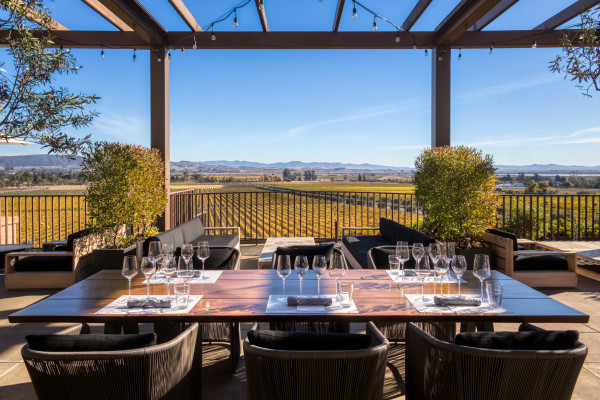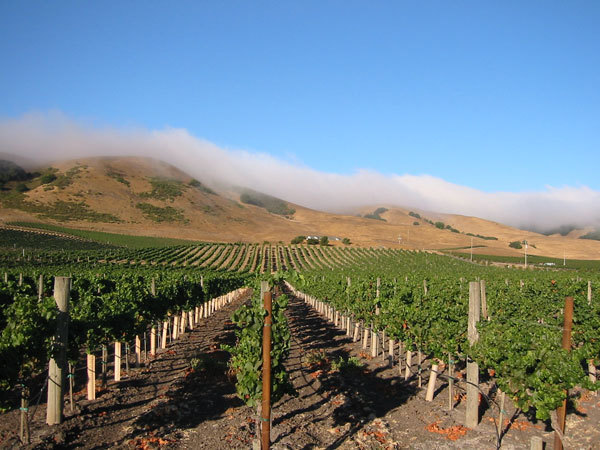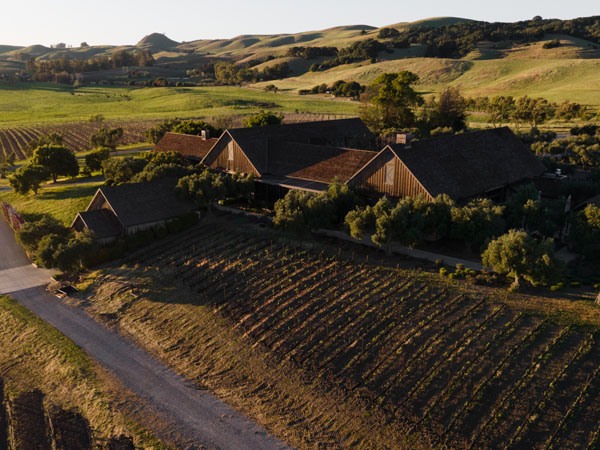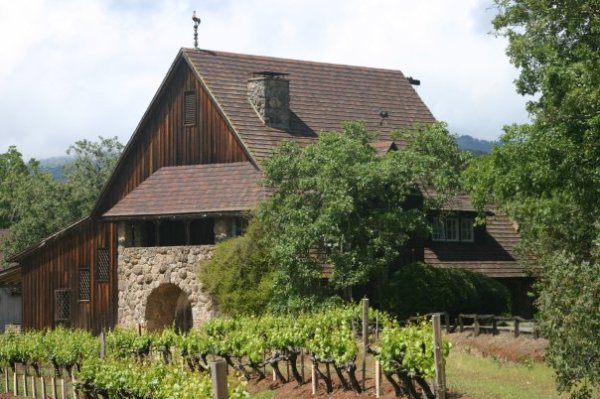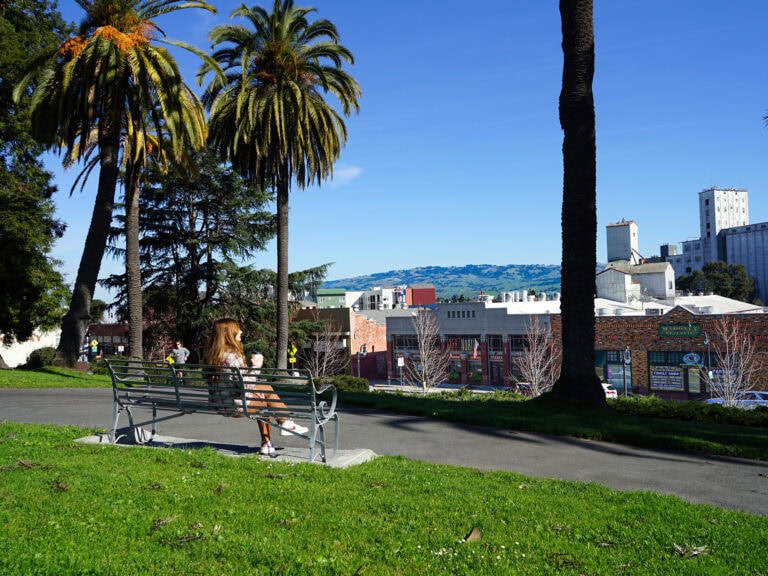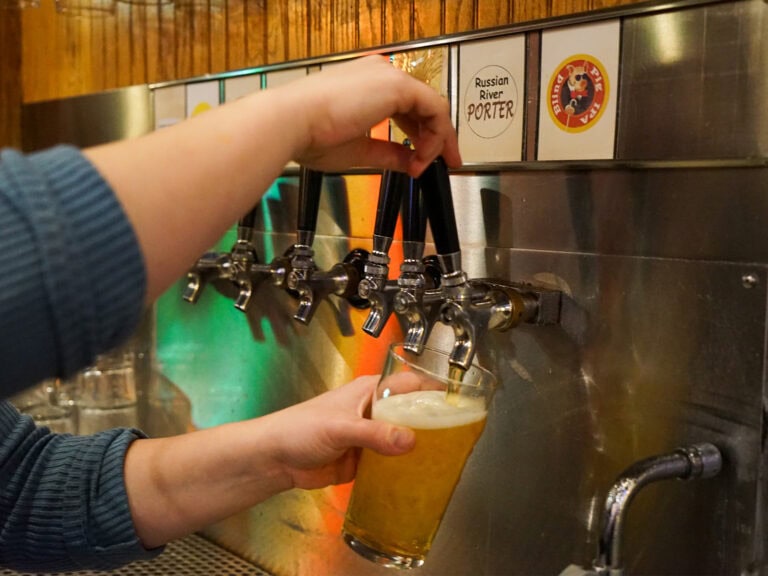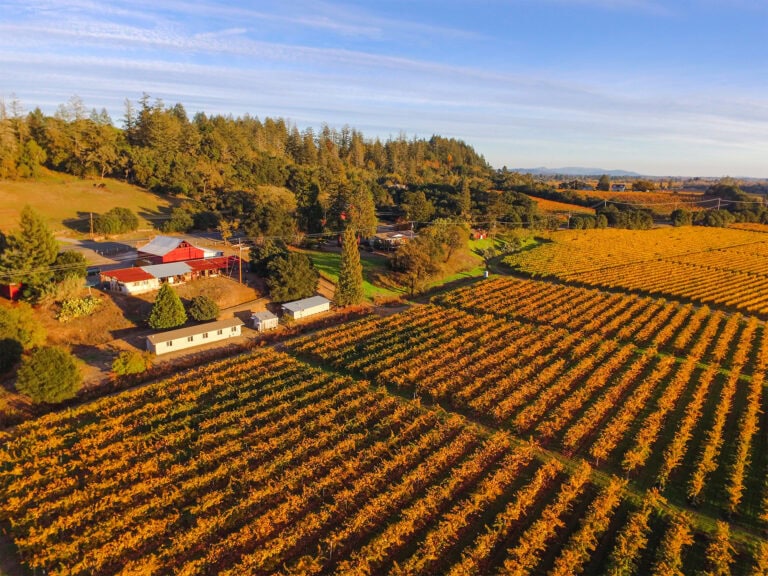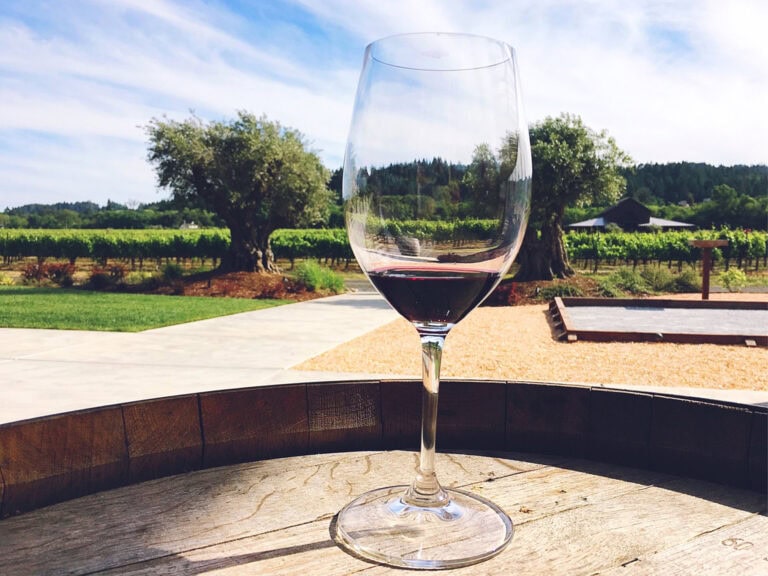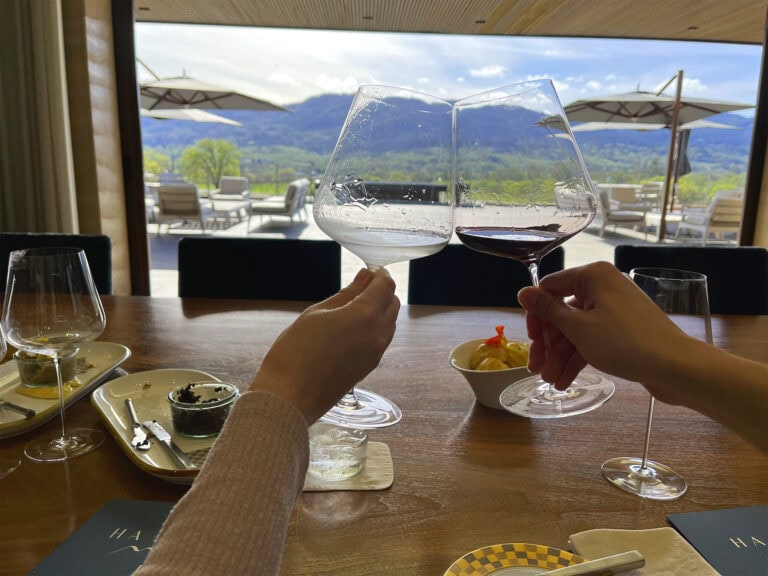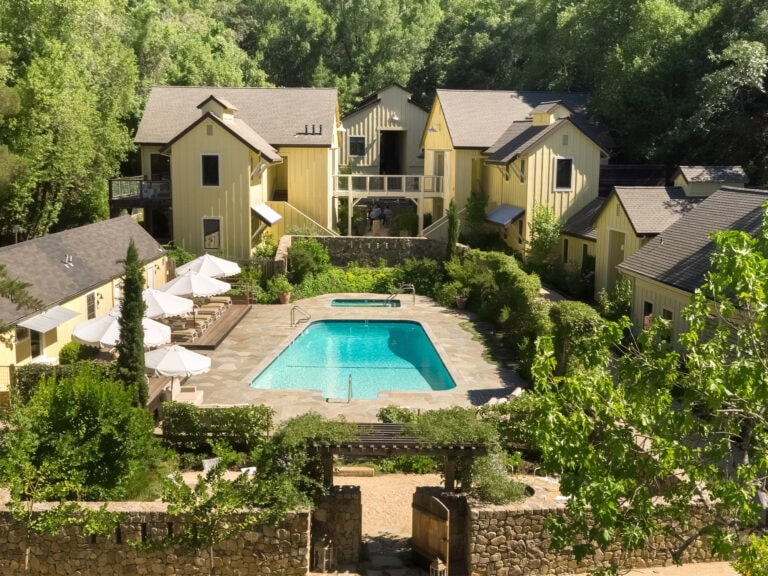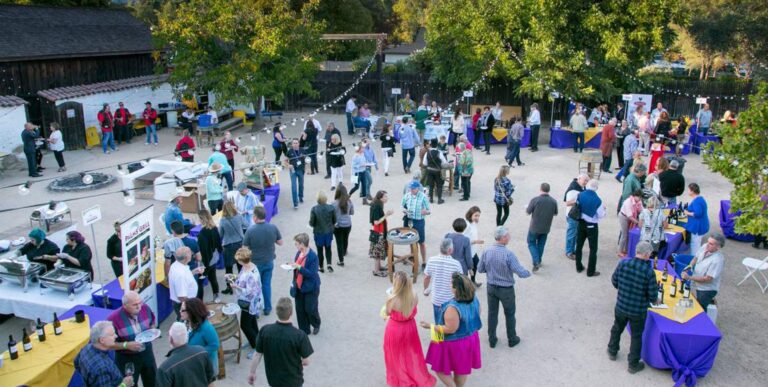The History of Pinot Noir
Though Pinot Noir is one of the earliest grapes to bud out each spring, it was a late bloomer in the Sonoma County wine industry. Commercial wine production began here in the 1850s, and though Burgundy’s favorite variety was a minor player for decades, it wasn’t until long after the end of Prohibition that experimentally-minded grape growers and pioneering winemakers teamed up to create a Pinot Noir renaissance.

Today, Sonoma County is internationally recognized as the leading producer of Pinot Noir among California counties. From cool, foggy Carneros and the Russian River Valley to the far-flung Sonoma Coast, Pinot Noir plantings represent over 20% of the county’s total vineyard acres— just a bit more real estate than Cabernet Sauvignon, and more than double that of Zinfandel.
Pinot Noir: the Burgundian Backstory
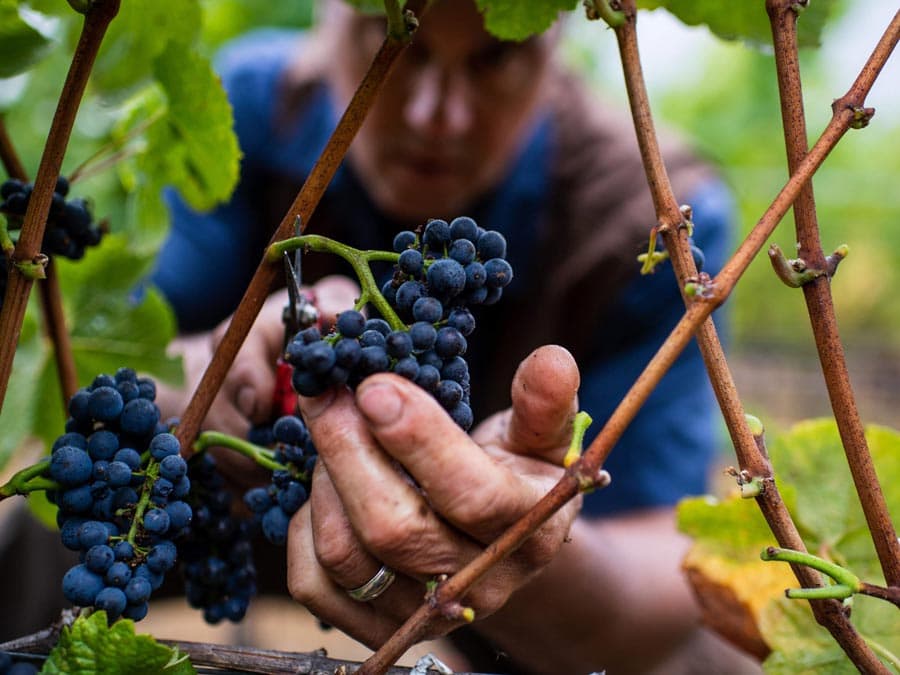
Pinot Noir means “black pine cone” in French, named for its dark color and compact, conical shape. It isn’t known whether Pinot Noir was imported into France or developed in situ from the wild vinifera grapes that grew in Europe before Roman settlement, but it’s agreed that Pinot is among the oldest of French grapes. In 1395, Philip the Bold, Duke of Burgundy, famously decreed the “vile and noxious” Gamay grape banned from his vineyards in the Cote d’Or, replaced exclusively by Pinot Noir.
Despite its popularity elsewhere in the world—including Germany, New Zealand, and California—Pinot is today still considered a Burgundian variety.
As a wine region, Burgundy was long overshadowed by Bordeaux; even Philip the Bold decried his region’s short-sighted and shoddy farming and winemaking practices, which persisted for centuries. In fact, it wasn’t until the 1970s and ’80s that an eco-friendly revolution in both winemaking and vineyard practices created the stellar reputation Burgundy has today—contemporaneous with the rise of Pinot Noir in California.
Pinot Noir in Sonoma County
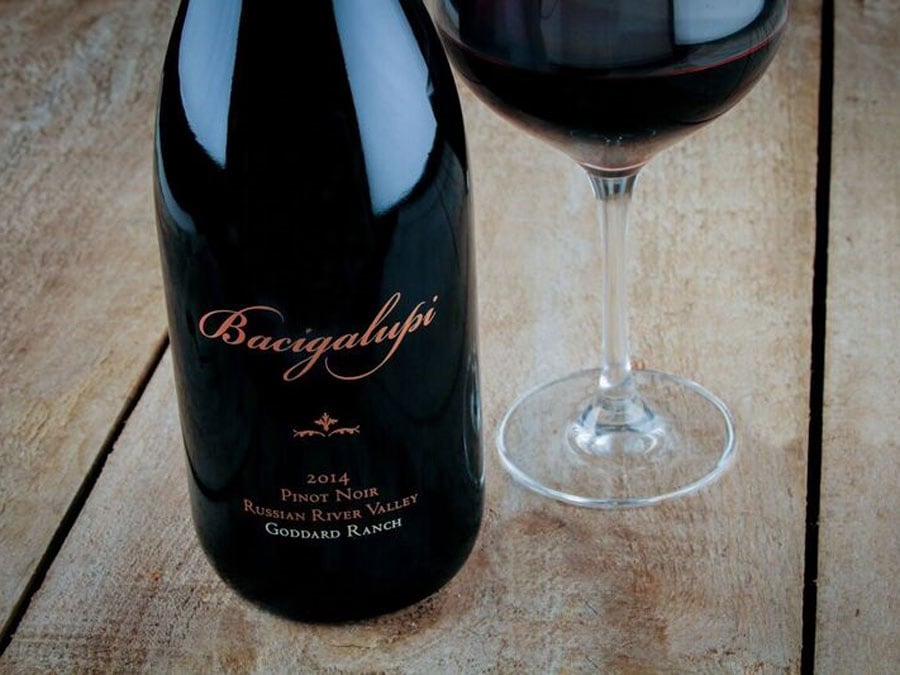
The wine pioneers of 19th-century Sonoma County were energetic experimenters, constantly importing cuttings from the famous vineyards of Europe to try them out in sunny California. As early as the 1880s, Pinot Noir was grown at the legendary Fountaingrove Winery in Santa Rosa, the Italian Swiss Colony in the northern Sonoma County hamlet of Asti, and a Sonoma Valley vineyard that’s now part of the Kunde Family Winery estate.
However, Pinot soon acquired a notorious reputation in Sonoma County as a difficult grape and a capricious wine. “God made Cabernet Sauvignon,” the great enologist André Tchelistcheff allegedly pronounced, “whereas the devil made Pinot Noir.”Area wine labeled “California Burgundy” was actually made from Zinfandel and other hearty grapes, and contained no Pinot Noir at all.
It’s true that even well-made Pinot Noir, harvested from the best of vineyard sites, can be changeable and vexing in the cellar and/or bottle. But the reasons for its formerly negative reputation in California are fairly straightforward.

Pinot Noir requires a cool climate to properly develop its dark coloring and aromatic compounds—and much of California is hot and sunny. Pinot also benefits from “cold soaking,” a long, cool run-up to fermentation which mimics the naturally cold autumn temperatures in a traditional Burgundian cellar; before the advent of stainless steel tanks and cooling systems, such conditions couldn’t be guaranteed in California.
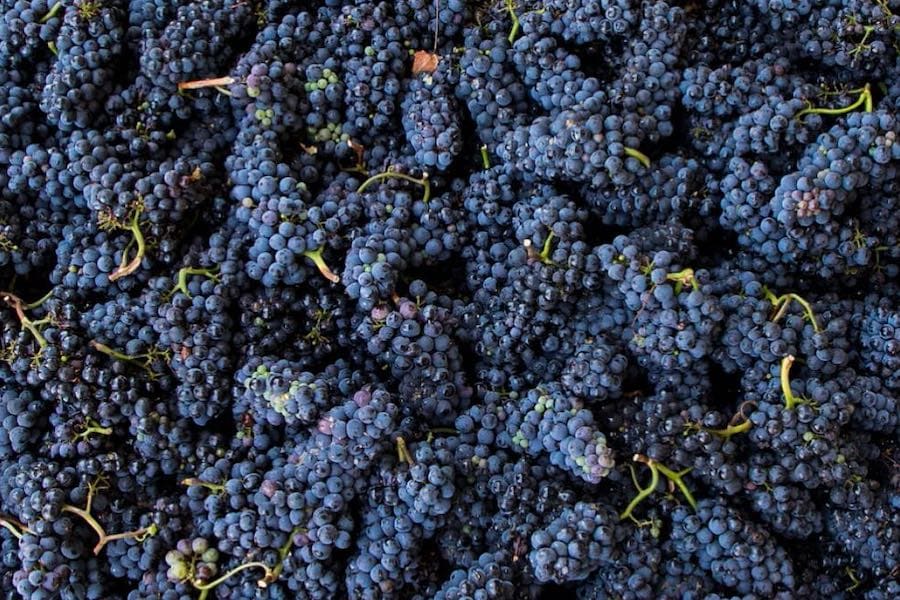 Pinot Noir’s thin skins are susceptible to disease and rot, which was a real problem until the advent of modern fungicides. On the other hand, the modern pumping and vatting procedures of 20th-century winemaking were a real problem for Pinot Noir wine quality—until a new breed of winemakers reintroduced gentler, low-tech techniques from the past.
Pinot Noir’s thin skins are susceptible to disease and rot, which was a real problem until the advent of modern fungicides. On the other hand, the modern pumping and vatting procedures of 20th-century winemaking were a real problem for Pinot Noir wine quality—until a new breed of winemakers reintroduced gentler, low-tech techniques from the past.
Pinot Noir was a marginal varietal, indeed, until farmers like Joe Rochioli and winemakers like Joseph Swan took a chance on Pinot Noir in the 1960s and ’70s. The Pinot cult grew through the 1980s and ’90s, and really took off by the dawn of the 21st century.
Pinot Noir Style

Pinot Noir is rarely blended with other wines, and when it is, winemakers certainly don’t mention it like they do with their Cabernet Sauvignon and Merlot blends. Pinot Noir is prized for its eclectic aromatic profile, which may run from fresh strawberry to dried potpourri, wet hay, earth, mushroom, and forest floor, while its flavors may evoke anything from tangy, red berry fruit to cherry cola.
Although Pinot Noir may vary in hue from light strawberry to deep blueberry, color is no indication of quality. It may be tannic, but on an entirely different order than the show-stopping tannins of a Cabernet Sauvignon, and oak barrels add spice but rarely dominate Pinot Noir wines.
Pinot Noir is widely used in Sonoma County sparkling wine, where it lends delicate red berry notes and body to brut sparkling wine and blanc de noirs.
Sonoma County’s Key Pinot Noir Regions
Russian River Valley

The quintessential Sonoma County Pinot Noir region, the Russian River Valley itself contains a number of distinct subregions, although most of them are not officially recognized AVAs: The “Middle Reach” is located adjacent the river itself, but is relatively warmer; the Green Valley of Russian River Valley AVA is cooler; the Sebastopol Hills area lies to the south.
Wineries: Joseph Swan, Rochioli, DeLoach, Gary Farrell, Martinelli, MacRostie
Sonoma Coast

This is a catch-all viticultural area that doesn’t do justice, some say, to the true Sonoma Coast. Encompassing both the Russian River Valley and Carneros, Sonoma Coast also covers several important Pinot Noir sub-appellations, including the unofficial “true Sonoma Coast” and the official Fort Ross-Seaview and Petaluma Gap sub-appellations. Vineyards in this area are planted just a few miles inland from the Pacific Ocean, but often bask in the sun above the fog line.
Wineries: La Crema, Martinelli, Littorai, Flowers, Fort Ross, Siduri
Carneros
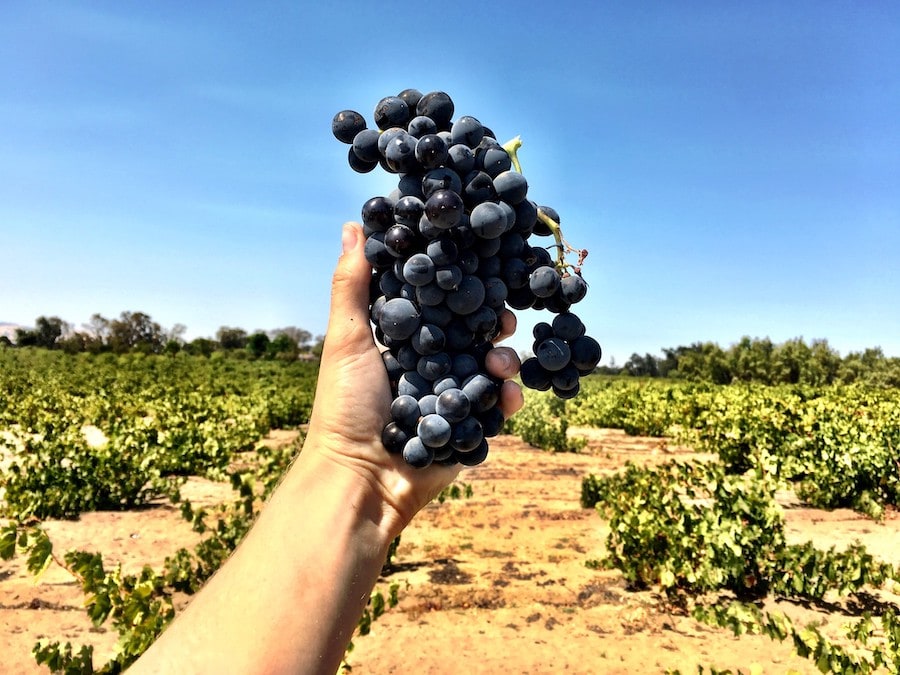
This AVA is shared between Sonoma County and Napa Valley. In the summer, temperatures in the Carneros are influenced more by breezes from the San Pablo Bay than directly from the ocean, lending the region’s vineyards a cool, windy, but relatively stable ripening regime. Pinot Noir for sparkling wine is particularly important in the Carneros region.
Wineries: Cline Family Cellars, Donum Estate, Gloria Ferrer, Schug Carneros Estate, Ram’s Gate
Sonoma Valley
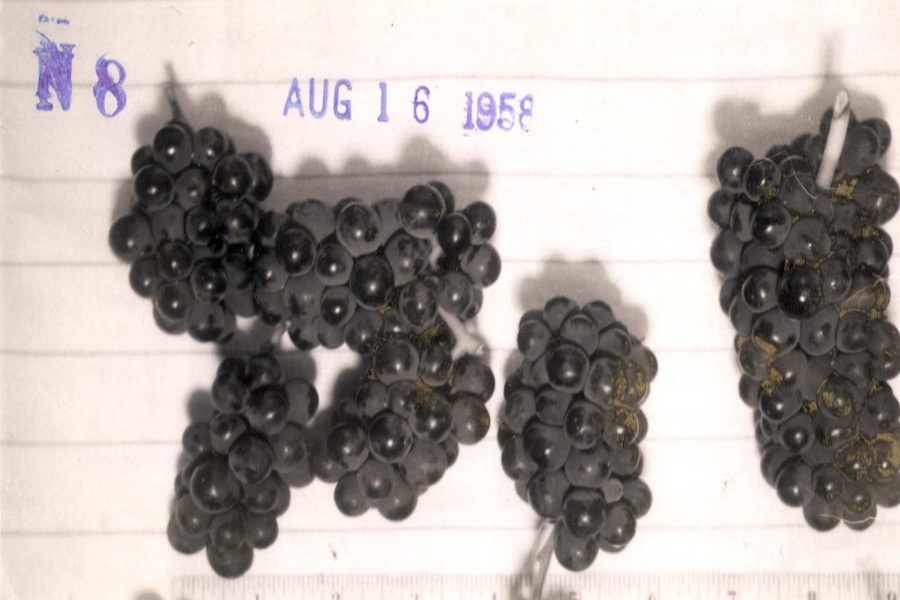
No discussion of Sonoma County Pinot Noir would be complete without a mention of Hanzell Vineyards, which sits high in the hills above the town of Sonoma. In 1953 by James D. Zellerbach, a former U.S. Ambassador to Italy, planted the vineyards here with Pinot Noir (and Chardonnay) at a time when there were only a few hundred acres of the variety throughout North America. Hanzell’s vineyards have long since been replanted, but its Pinot grapevines are still an average of 30 years old.
Reading List:
North American Pinot Noir (2004), John Winthrop Haeger
A Wine Journey along the Russian River (2005), Steve Heimoff
Written by Sonoma Insider James Knight.
Places Mentioned
THIS IS WINE COUNTRY.
Share your experience using #SonomaCounty or #LifeOpensUp

